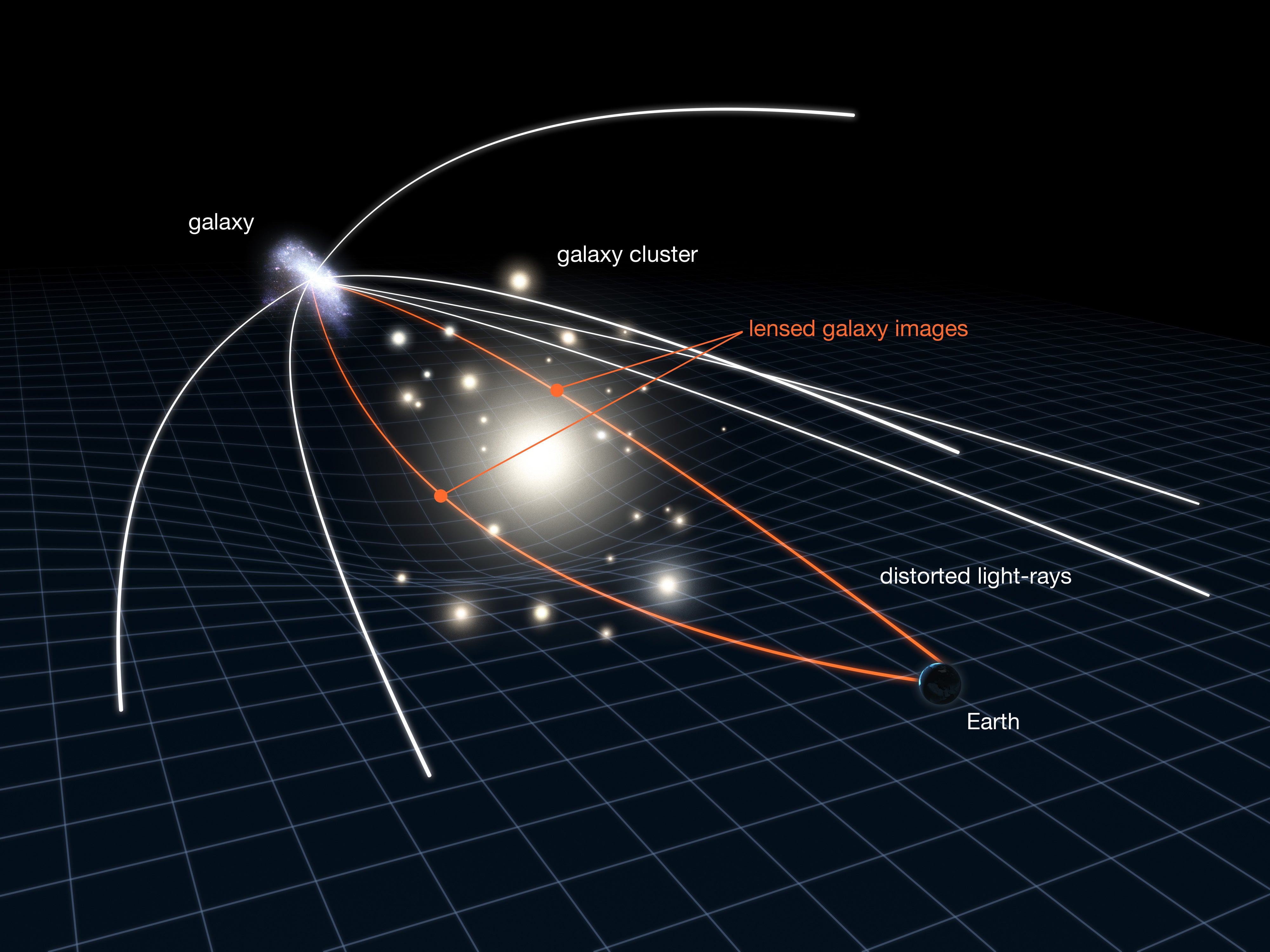Have you ever wondered what the Universe looks like on a grand scale? The Universe is made up of three main parts: baryonic matter (<5%), dark matter (27%), and dark energy (68%), but both dark matter and dark energy are impossible to detect with current instruments. With no way to send a camera into its outer reaches and the majority of the Universe being invisible to us, how do scientists study the fabric of the cosmos? The answer lies within galaxy clusters, structures containing hundreds to thousands of galaxies bound together by their own gravity.

These incredible clusters provide a way for cosmologists to study the properties of cosmological large-scale structures through gravitational lensing, a phenomenon due to General Relativity where massive objects bend light as it passes by them. The amount of lensing depends on the cluster’s total mass, which in turn allows astrophysicists to weigh the clusters.

However, when the mass of all the galaxies we can see is added up and compared to the total mass estimated for the cluster, we find that most of the mass must exist in the form of dark matter. To understand how dark matter and dark energy is inferred through galaxy clusters, and to learn more about how these clusters are used to understand the structure of our Universe, check out Dr. Andrés Salcedo’s First Friday lecture linked below!
Boise State First Friday Astronomy – Dr. Andrés Salcedo – June 2022